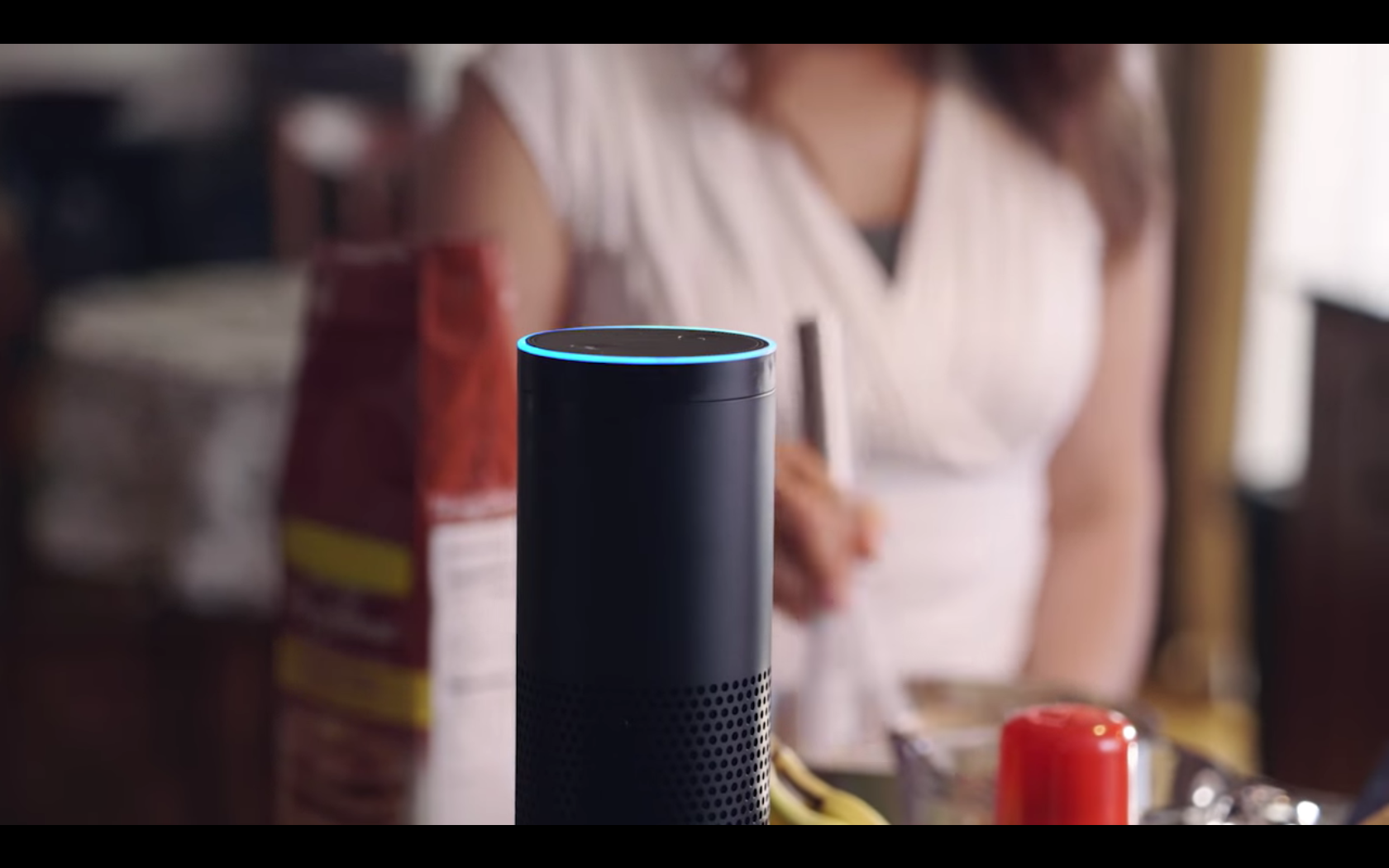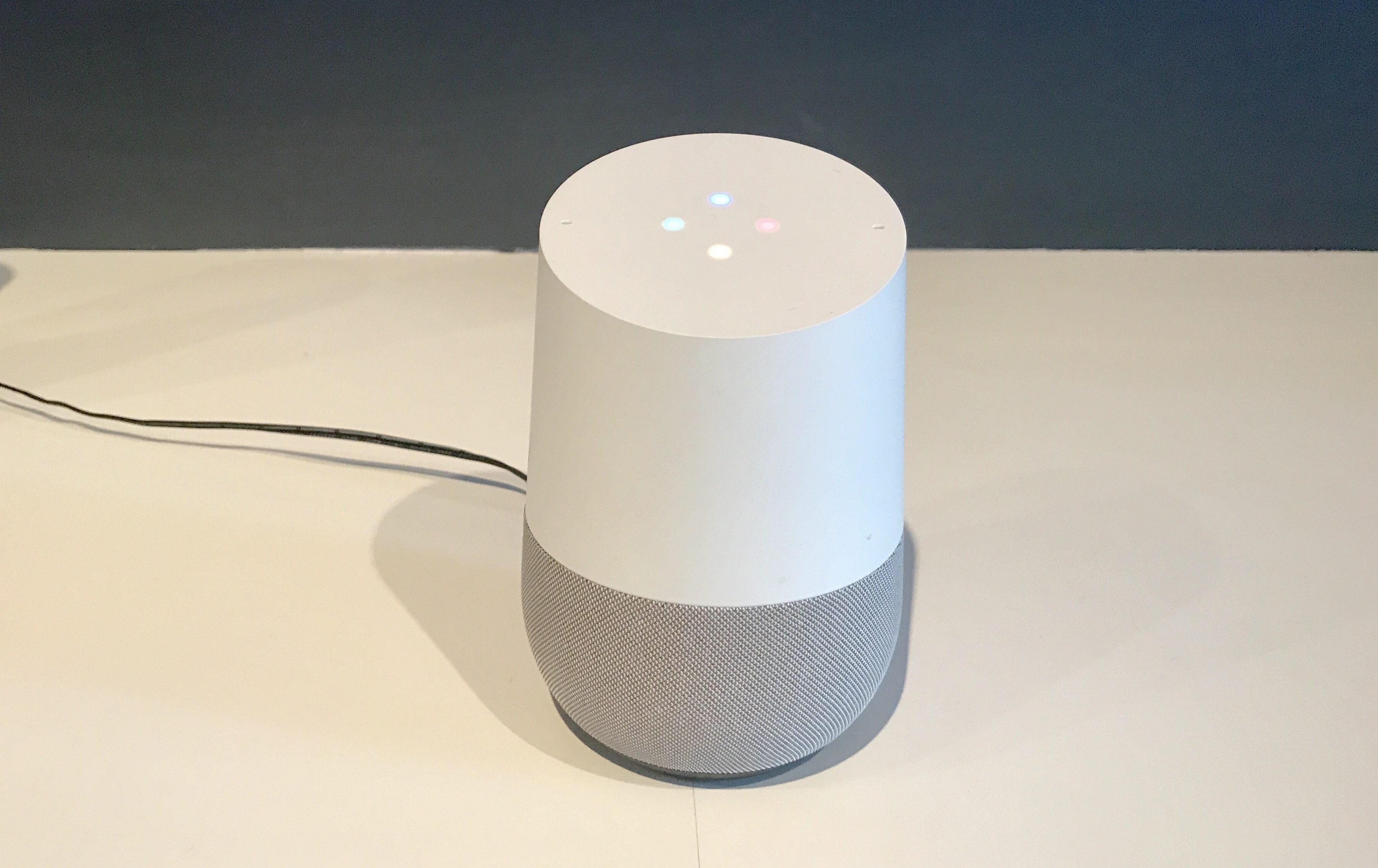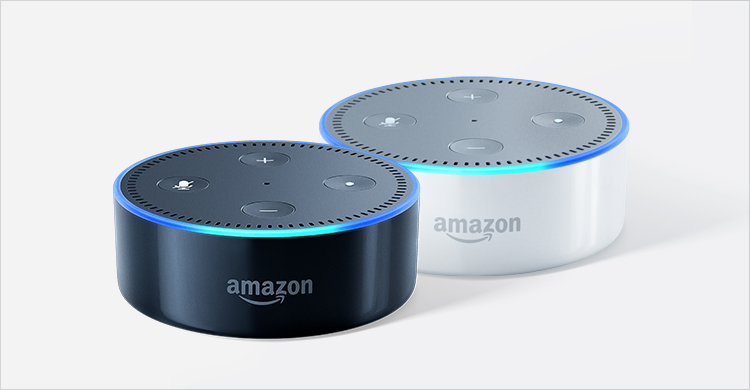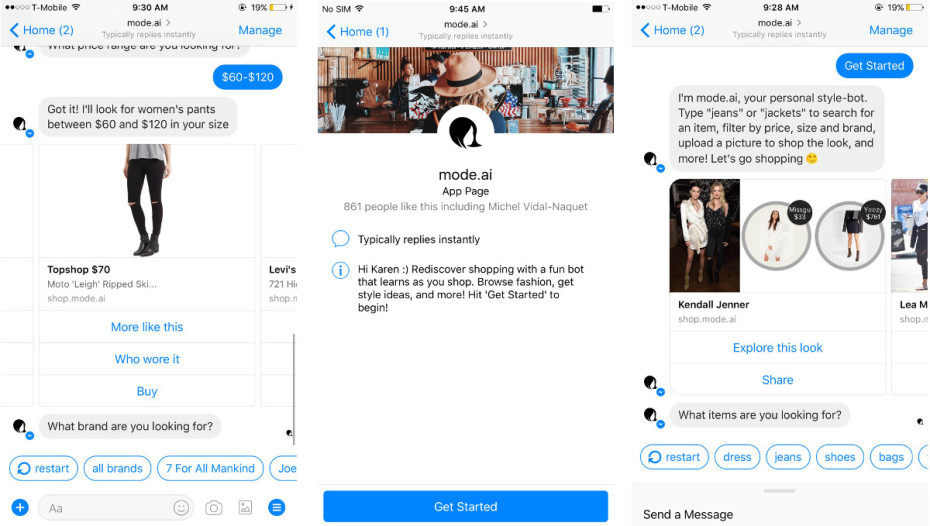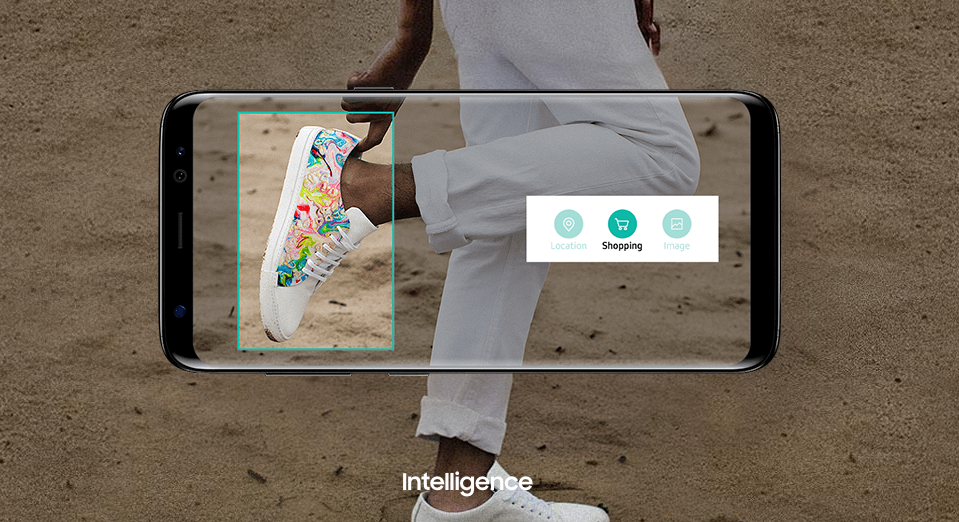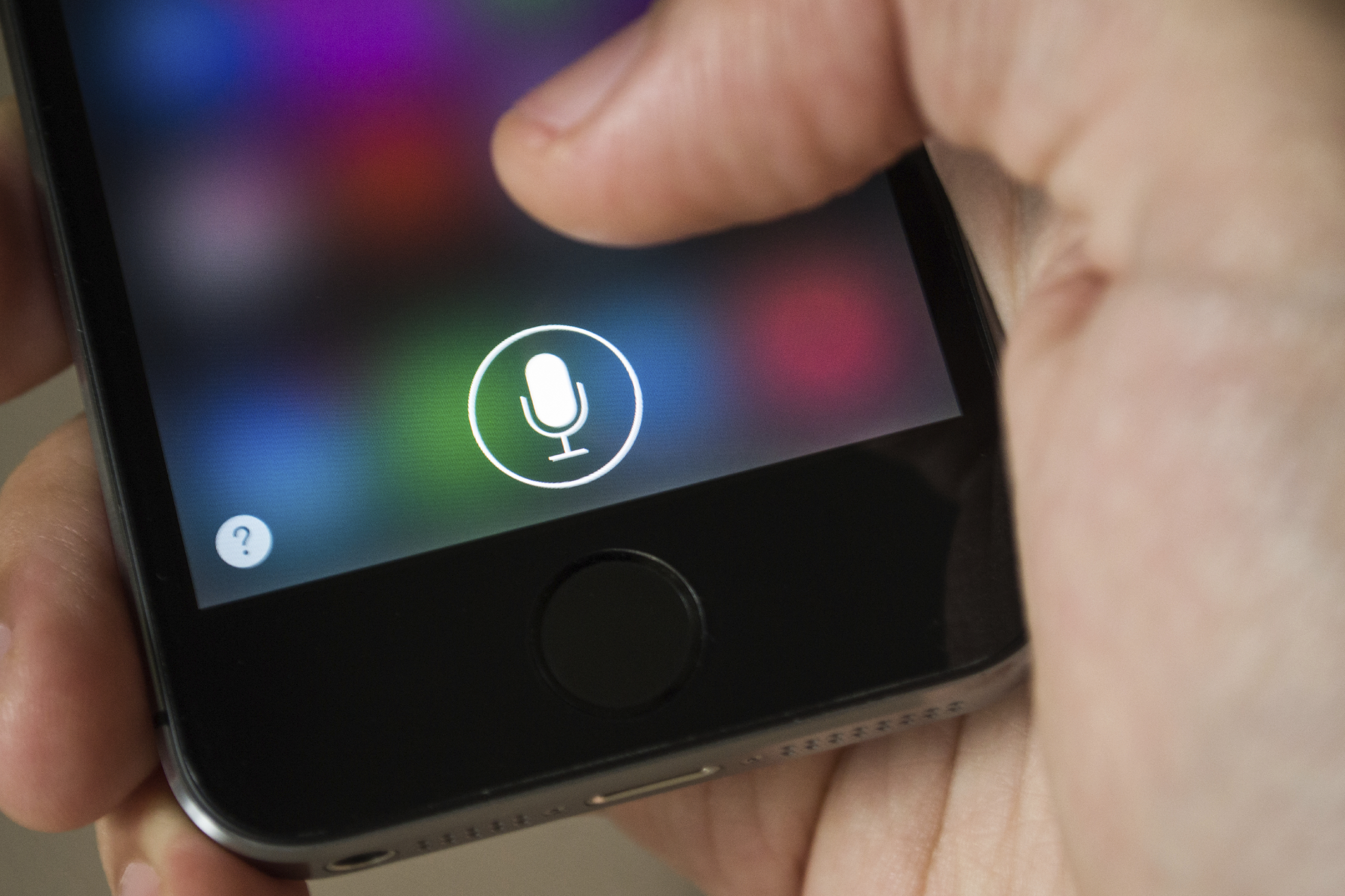What Happened
Home service-booking site HomeAdvisor has launched an Alexa skill to allow Echo users to book a home service professional without lifting a finger. Once a homeowner activates the skill, Alexa will ask for the user’s zip code and phone number. Then HomeAdvisor will match the homeowner up with a home service professional in the local area to give the homeowner a call to confirm a booking. Users can also use the skill to find help for their home improvement or even landscaping projects.
What Brands Need To Do
It is interesting to see that HomeAdvisor beat Amazon to the punch with this Alexa skill, considering the ecommerce giant has launched their own online home service marketplace Home Services last year, which Amazon has yet to integrate with Alexa. As evidenced by Alexa’s dominance at this year’s CES, Amazon’s voice assistant has an early lead in becoming the interface of many a voice-activated home device, making it a valuable platform for brands seeking to reach consumers at home. This HomeAdvisor is but one of the latest addition to Alexa’s growing capabilities, which is ushering in a new type of audio-based discovery and engagement that brands need to adapt to.
How We Can Help
The Lab has extensive experience in building Alexa Skills and chatbots to reach consumers on conversational interfaces. So much so that we’ve built a dedicated conversational practice called Dialogue. The “Miller Time” Alexa Skill we developed with Drizly for Miller Lite is a good example of how Dialogue can help brands build a conversational customer experience, supercharged by our stack of technology partners with best-in-class solutions and an insights engine that extracts business intelligence from conversational data.
If you’d like to learn more about how to effectively reach consumers on conversational interfaces, or to leverage the Lab’s expertise to take on related client opportunities within the IPG Mediabrands, please contact our Client Services Director Samantha Barrett ([email protected]) to schedule a visit to the Lab.
Source: GeekWire
